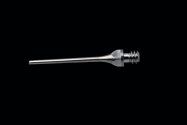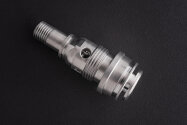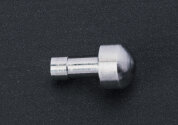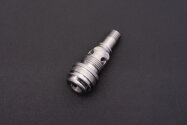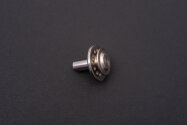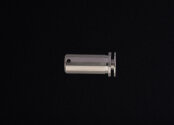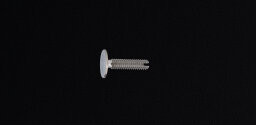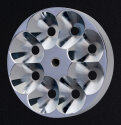Our most commonly-used material, stainless steel is an alloy of iron known for its corrosion and rust resistance. Many stainless steel grades are easily machined and found in all applications, particularly medical.
Contact China Small Mechanical Parts for more information or to request a quote.
Our Services
Examples of Stainless Steel for Precision Parts
Stainless Steel
303

The best-machining stainless steel thanks to the inclusion of sulfur in its composition, we work with 303 on a daily basis. That machinability allows us to make high precision, tight-tolerance, complex parts from 303 stainless steel at faster rates than other steels. Many of our medical industry parts are made from 303.
Stainless Steel
304

The more corrosion-resistant sibling to 303, 304 does not contain sulfur and so is not as easily-machined. 304L is a tougher alloy that is best-suited to cold-forming processes. 304 stainless steel is often what you see in kitchens and is the grade used for the bodywork of DeLoreans!
Stainless Steel
17-4 PH

A precipitation-hardened stainless alloy, 17-4 PH can be heat-treated to Rc 44 and is used in applications that require that high hardness, like aerospace.
Stainless Steel
316

A more corrosion-resistant stainless steel, 316 is used in marine, medical, and chemical applications. 316L (S+Cu) is the best of the 316 stainless steels to machine. 316LVM is an implant-quality version that is challenging to machine.
Stainless Steel
416

Known for being extremely easy to machine and is therefore perfect for complex applications with tight tolerances and high precision requirements. The tradeoff is less corrosion resistance than, for example, 303, and a hardening limit fo Rc 38-42.
Stainless Steel
420F

A free-machining stainless steel that can be heat-treated and is used in many applications, especially surgical and dental instruments.
Stainless Steel
430

An inexpensive stainless steel, 430 provides a balance between strength and machinability and is found in automotive and other industrial applications. 430F is a free-machining variant that cannot be heat-treated.
Stainless Steel
440C

After heat-treatment, 440C is the strongest of all the stainless steels. Often used for knife blades, we usually use 440 and 440C in automotive applications thanks to its toughness.
Stainless Steel
A286

One of the ‘superalloys’ used primarily in aerospace applications.


